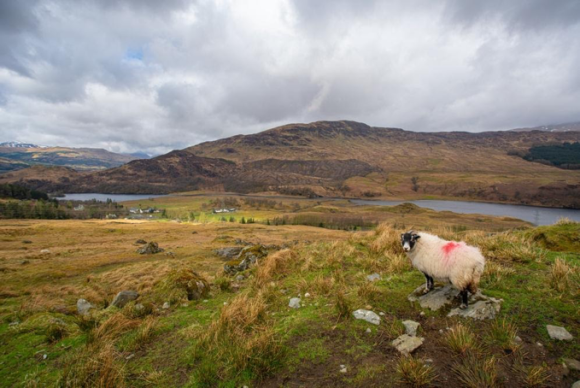
Aging, depopulation and loneliness are realities witnessed in more and more regions in countries across Europe. But now regional, national and EU-initiatives are seeking to stop and reverse this situation.
By Xoel Rodríguez (Edited by Vilde Skorpen Wikan)
European regions must focus on the impact that demographic change is having on our countries. Various demographic challenges and possible solutions were presented by the Galicia Europe Foundation and the Department of Social Policy of the Regional Government of Galicia at an event during this year’s European Week of Regions and Cities 2021, which took place in Brussels, Belgium from 11th-15th October.
The problems associated with demographic change are especially complicated in Galicia, a region in northwestern Spain. In the last ten years the region has seen its population decrease by almost 100,000 people. The Galician government, hand in hand with the European Union, is taking a series of measures that aim to reduce the impact of this development in the region. They could also alleviate the problem in other European territories that are facing similar situations.
The first demographic boost law in Spain and Europe
The Galician government has brought forward the first legal basis in the European Union to tackle the demographic problem. The text includes support measures for the people who want to start a family, for existing families, workers and businesses and youth. It also aims to make people move to or return to the region.
“Europe is facing a demographic crisis of considerable proportions,” argues Yiannis Tirkides, the Economic Research Manager of Bank of Cyprus and former Senior Research Fellow at Cyprus Centre for European and International Affairs (CCEIA).
Through legal initiatives like the one in Galicia, however, we can try to tackle the problem. But will this be enough? The future will tell.
European plans to curb depopulation
Europe is also working to make rural regions “stronger, more connected, more resilient and more prosperous” by 2040. In this regard, work is being done in accordance with a Rural Pact and a European Rural Action Plan, which emphasises sustainability, innovation and digitization in these geographical areas.
The European Commission intends, through these and other initiatives, to identify and improve the quality of life in rural areas. The Eurobarometer data “A long term vision for EU areas” indicates that this is a topic people care about: 79 percent of citizens support that the EU takes rural areas into consideration in terms of public spending decisions.
“The main challenge for European society”
Access to education in rural settings has been identified as important in order to prevent people leaving rural regions. And the Galician government, together with the European Commission and other organizations, is carrying out projects that aim to improve the lives of families that live and bring up their children in these places.
“It is an issue that affects the future of the new generations,” said Jacobo Rey, General Director of Family, Childhood and Demographic Dynamization of the Regional Government of Galicia.
In an interview Rey emphasised his appreciation for the European Union, and pointed out that there exists a “reorientation to encourage or promote the use of European funds in the demographic area”.
‘Nest houses’ in Galicia
A concrete example of measures to prevent people leaving the rural regions are so-called ‘nest houses’. Navia de Suarna, a small village in the mountainous Ancares-area in Galicia, now provides this service to young people thanks to the support of the EUs European Regional Development Fund.
“A nest house is a childcare service for children between the ages of 0 and 3,” said Silvia Saavedra, Director at the Argalleiro nest house. This center is one of the more than 75 that have been created throughout the Galician territory and that brings several benefits: by providing education, families who want to remain have a future in rural areas.
Regional, national, and European institutions are thus working together with the involvement of society and youth to create possible solutions to a worrying reality: that a shrinking population will bring a growing silence to rural areas, a silence which, in turn, may make areas such as the Ancares in Galicia, fall into oblivion.



